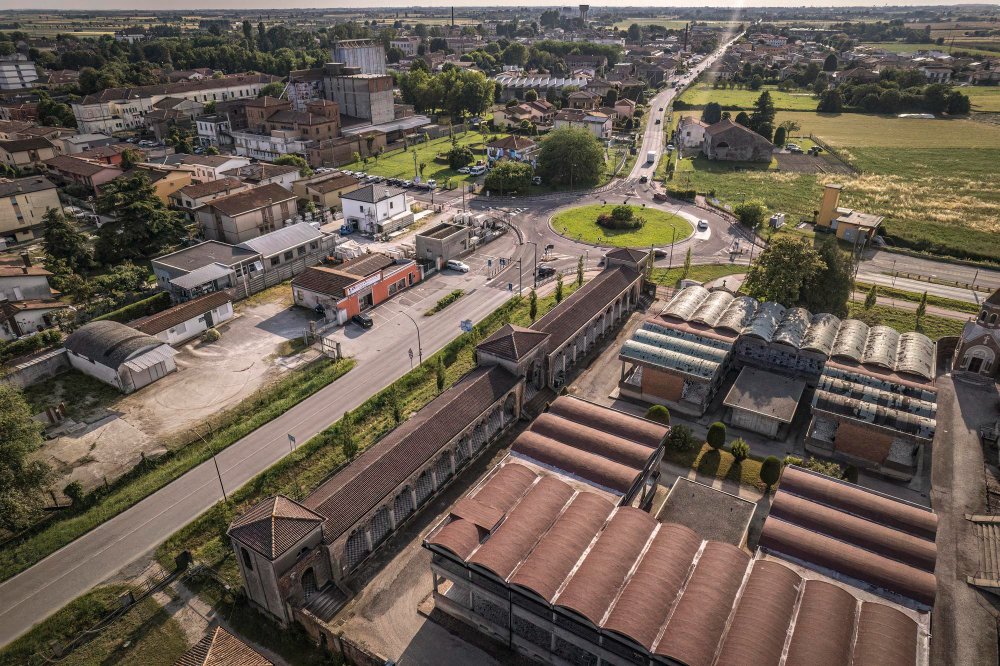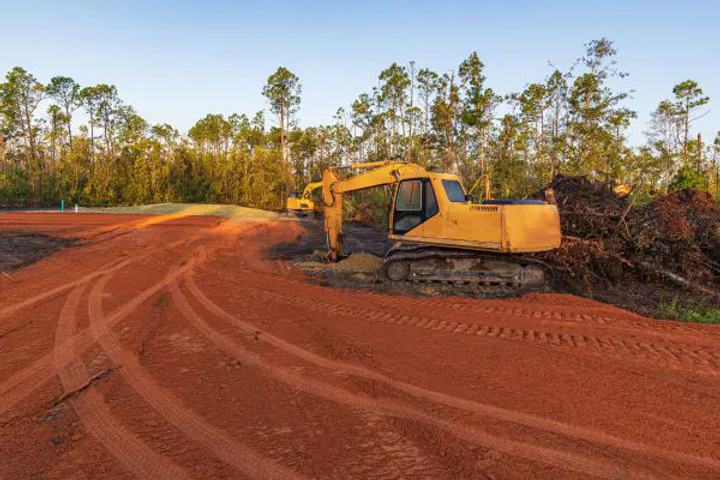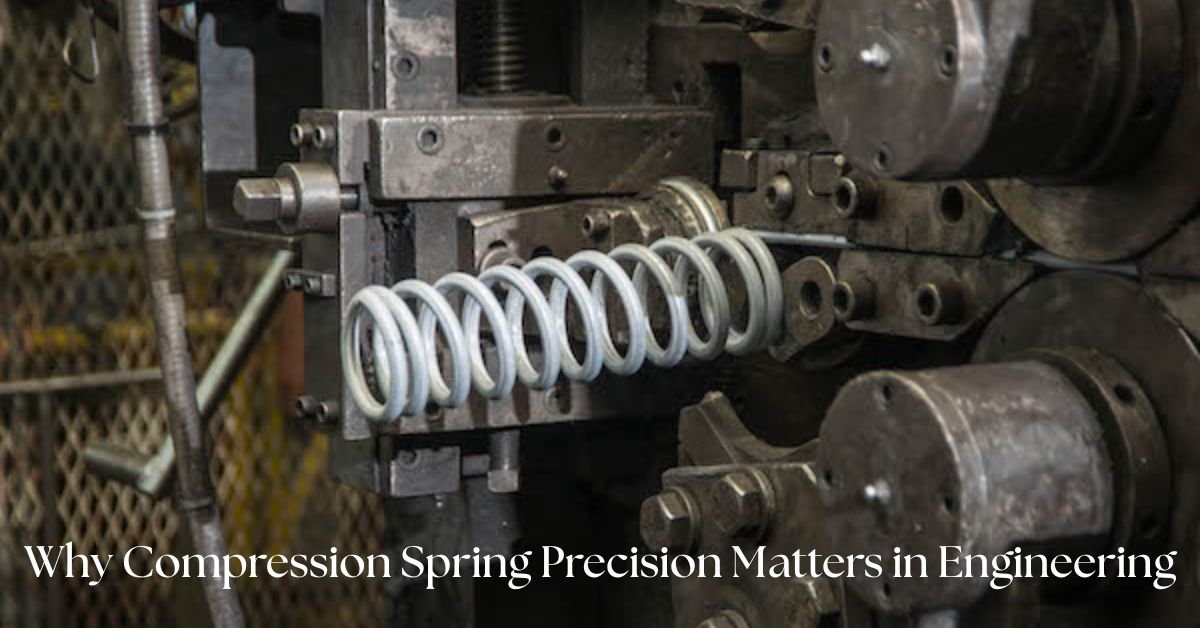Introduction
In the construction and infrastructure sectors, scaffolding plays a crucial role in ensuring safety, efficiency, and accessibility. Among the various types of scaffolding systems available, Cuplock scaffolding has emerged as a preferred choice for contractors, engineers, and project managers across the globe. Known for its modular design, durability, and versatility, Cuplock scaffolding is increasingly being adopted for a wide range of construction and maintenance activities.
This article explores the reasons behind the growing demand for Cuplock scaffolding, highlighting its features, benefits, and applications in modern construction practices.
Note: Multiple contractors had relied on Cuplock Scaffolding in Dubai supplied by Aluminium Scaffolding Fence. This system had reduced labor costs and expedited timelines. Secure your project with Aluminium Scaffolding Fence’s trusted scaffolding services.
Understanding Cuplock Scaffolding
Cuplock scaffolding is a modular system made primarily from galvanized steel. It features a unique locking mechanism that uses node points, known as “cups,” to securely hold horizontal and vertical components together. The system consists of standards (vertical tubes), ledgers (horizontal tubes), and base plates, all of which are interconnected using the cuplock joints.
The standout feature of this system is its ability to connect four horizontal members at a single joint, thereby enhancing stability and load-bearing capacity. Its simplicity in assembly and disassembly makes it a time-efficient solution for various construction tasks.
Increasing Demand Due to Speed of Assembly
One of the key reasons for the high demand for Cuplock scaffolding is its rapid assembly and disassembly. Traditional scaffolding systems often require multiple components and time-consuming labor to set up. In contrast, Cuplock scaffolding employs a minimalistic design with fewer loose fittings.
This allows workers to assemble and dismantle the structure much faster, reducing overall labor costs and project timelines. In industries where time is a critical factor, such as infrastructure development or high-rise construction, this advantage is particularly valuable.
Enhanced Safety and Structural Stability
Safety remains a top concern on any construction site, and Cuplock scaffolding has proven to significantly reduce the risks associated with working at height. The system’s design minimizes movement and vibrations, ensuring a more stable working platform.
The rigid locking mechanism prevents accidental dislodging of parts, which can be common in less secure scaffolding systems. Moreover, Cuplock scaffolding can be easily equipped with guardrails, toe boards, and other safety accessories to meet regulatory standards and improve worker protection.
Adaptability to Complex Structures
Modern construction often involves complex architectural designs and irregular geometries. Cuplock scaffolding is highly adaptable and can be used in challenging structures, including curved surfaces, bridges, chimneys, and industrial plants.
The modular nature of Cuplock scaffolding allows for flexibility in height and width, enabling it to accommodate different site requirements. Its ease of customization makes it a go-to solution for both small-scale renovations and large-scale infrastructure projects.
Durability and Longevity
Constructed from galvanized steel, it is resistant to corrosion, making it suitable for long-term use in various environmental conditions. Unlike wooden or aluminum scaffolding, which may degrade over time, Cuplock systems maintain their structural integrity even when exposed to moisture, chemicals, or extreme temperatures.
This durability translates to lower maintenance costs and a longer lifespan, making it a cost-effective choice for companies looking to invest in reusable and reliable scaffolding solutions.
Compatibility with Various Construction Needs
Cuplock scaffolding is compatible with different types of construction projects, from residential and commercial buildings to infrastructure developments such as highways, flyovers, and dams. It can be used for support, access, or formwork purposes.
In particular, its load-bearing capacity makes it ideal for heavy-duty applications like bridge construction and industrial maintenance. The ability to use the same system for multiple purposes across different projects adds to its appeal and utility.
Reduced Labor Requirements
The streamlined design of Cuplock scaffolding minimizes the need for skilled labor during setup. With fewer components to handle and a straightforward locking mechanism, the system can be quickly installed by general workers with minimal training.
This reduction in labor complexity leads to cost savings and allows companies to allocate their workforce more efficiently. In regions where skilled labor is scarce or costly, Cuplock scaffolding provides a practical and scalable alternative.
Efficient Space Utilization
Cuplock scaffolding’s compact design facilitates better use of site space. It takes up less room when stored or transported compared to traditional tube and fitting scaffolding. This is particularly advantageous in urban areas or constrained sites where space optimization is essential.
Moreover, the stackable nature of Cuplock components means that transport logistics become more manageable, contributing to reduced fuel and shipping costs.
Compliance with International Standards
As safety regulations become more stringent across the globe, construction companies are under increased pressure to comply with international standards. it is manufactured in accordance with global safety and engineering benchmarks, including EN, BS, and ANSI standards.
This compliance reassures clients and regulatory bodies that the site is equipped with reliable and safe working platforms, thus facilitating project approvals and inspections.
Environmental Benefits
With a growing emphasis on sustainability, construction companies are seeking environmentally friendly solutions. Cuplock scaffolding supports this goal due to its reusability and minimal waste generation. Its galvanized finish eliminates the need for frequent painting or protective treatments, reducing environmental impact.
Additionally, the ability to reuse the same components for multiple projects aligns with circular economy principles and sustainable construction practices.
Competitive Advantage in the Market
Construction firms that adopt advanced, efficient technologies like Cuplock scaffolding gain a competitive edge in the market. By reducing project timelines, improving safety, and controlling costs, these companies are better positioned to win contracts and expand operations.
Clients are more likely to choose contractors who demonstrate innovation and reliability, and Cuplock scaffolding serves as a visible symbol of that commitment to excellence.
Wide Availability and Supplier Support
The increasing availability of Cuplock scaffolding components through global and regional suppliers has also contributed to its rising popularity. Many suppliers offer comprehensive support, including design services, on-site training, and maintenance solutions.
This accessibility ensures that companies can quickly source and deploy Cuplock systems without delays, making it a practical and scalable choice for both new and ongoing projects.
Conclusion
Cuplock scaffolding has become a staple in the modern construction industry due to its many advantages over traditional scaffolding systems. From improved safety and faster assembly to long-term cost savings and environmental benefits, it addresses the key challenges faced by construction professionals today.
The rising demand for Cuplock scaffolding is a reflection of the industry’s shift towards more efficient, secure, and sustainable building practices. As projects become more complex and timelines more constrained, solutions like Cuplock scaffolding will continue to play a pivotal role in shaping the future of construction.
Investing in Cuplock scaffolding is not just a tactical decision, but a strategic one—ensuring greater productivity, compliance, and profitability for construction companies around the world.
For more insightful articles related to this topic, feel free to visit techners












Leave a Reply